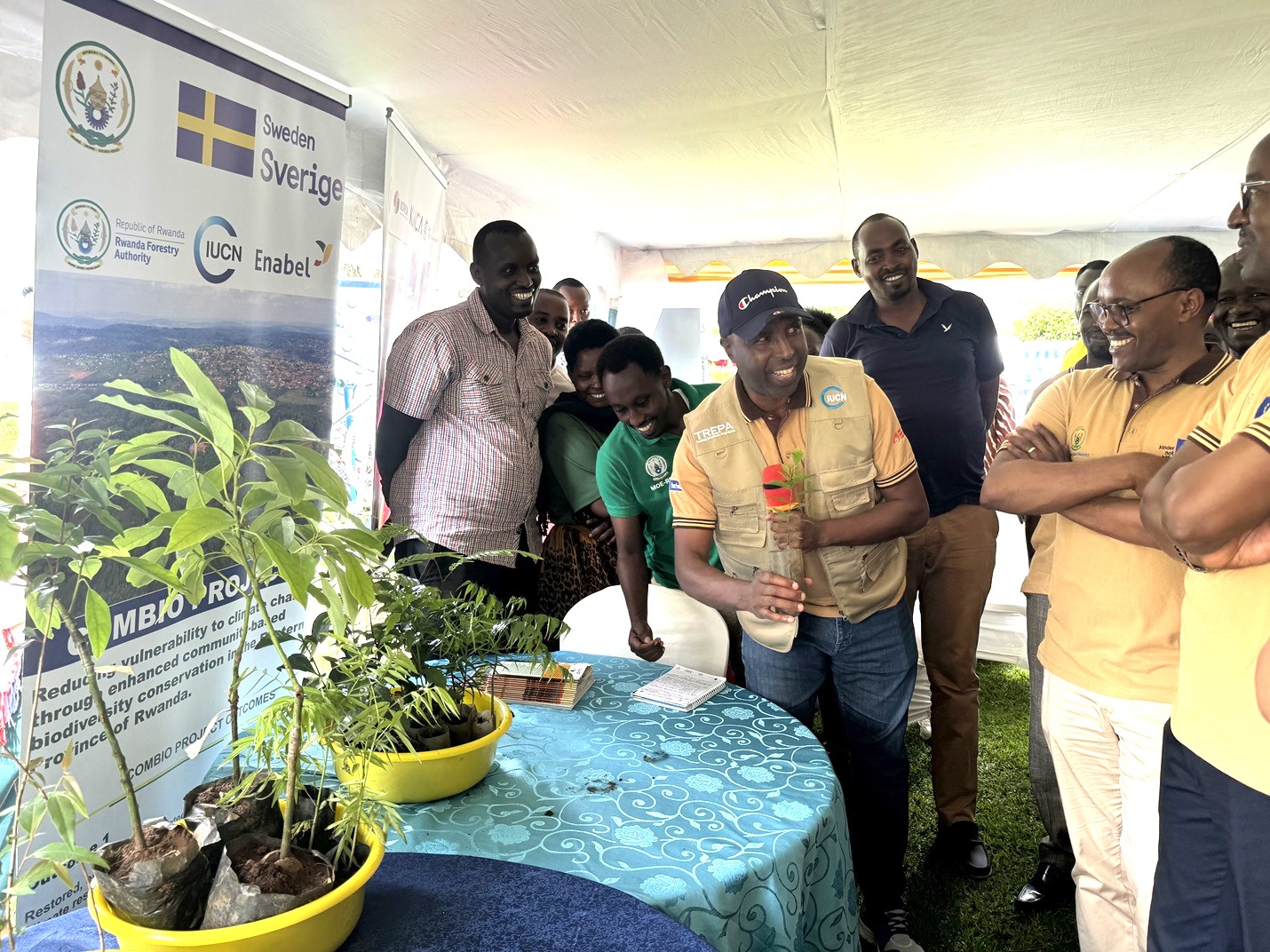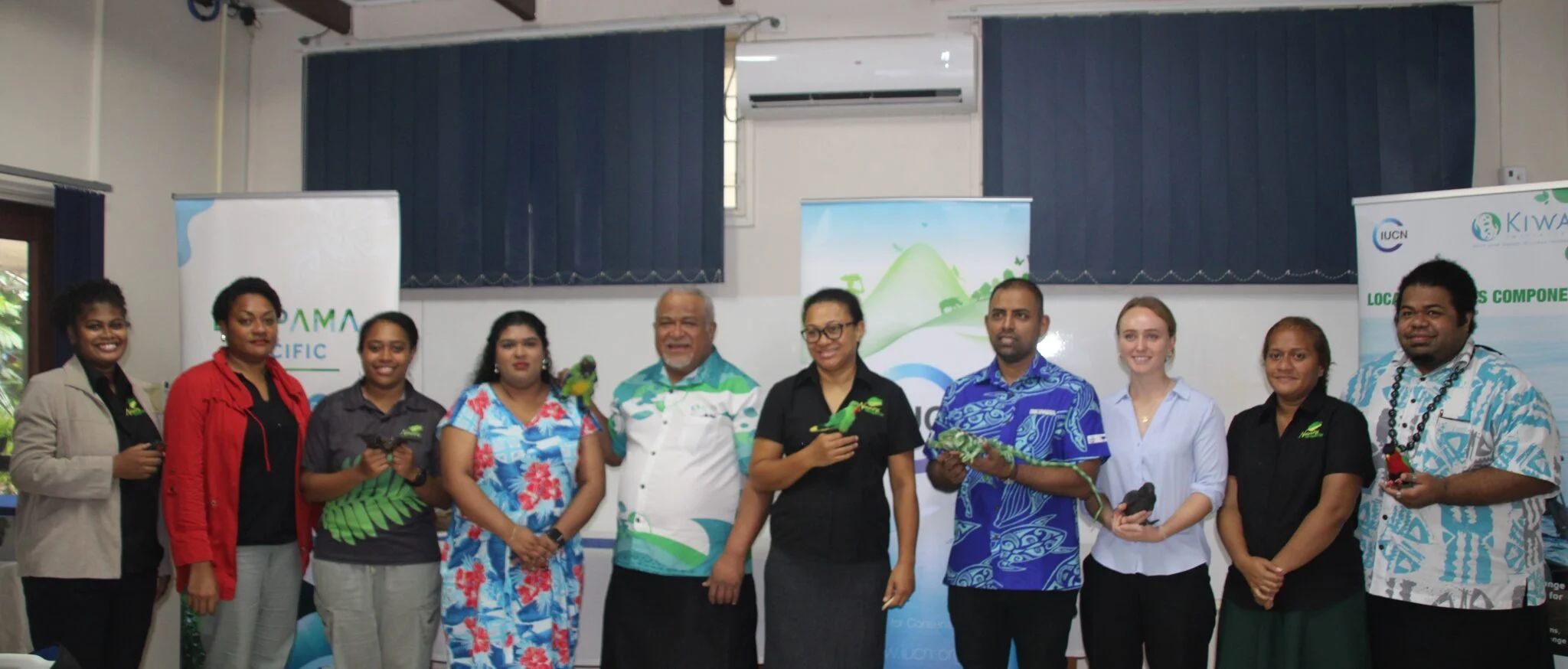International Standardization Organisation – mainstreaming biodiversity standards
The third plenary of the International Standardization Organisation (ISO) technical committee on biodiversity took place in Paris and virtually from 17 to 21 April 2023.

This technical committee, ISO/TC 331, aims to strengthen standardization in the field of biodiversity, for organisations to enhance their contribution to sustainable development. The committee was established in June 2020, and IUCN was the first liaison-A partnership to join in 2021. 36 countries are members of the committee (through their respective national standards organisations), 20 more are observers, and invitations for other countries to join are still open.
IUCN considers engagement with ISO/TC 331 essential to the mainstreaming of biodiversity into societies, and so has defined a focal point to make the connection between ISO TC331 projects and IUCN experts, as well as to maintain a global overview of where each TC331 project stands.
The TC331 is composed of 4 working groups, under which projects are established to support development of ISO international standards, ISO technical reports and ISO publicly available specifications.
So far, the development of five specific projects has been initiated:
- ISO 13208 Biodiversity – Vocabulary, in which IUCN is involved with a view to ensuring consistency with definitions established, approved, and used by IUCN and the conservation community.
- ISO 17620 Biodiversity - Process for designing and implementing biodiversity net gain, a standardisation process into which IUCN’s engagement will build from the 2016 IUCN Biodiversity Offsets Policy as well as the new IUCN paper on “Biodiversity in the Nature-Positive agenda, and the implementation of the Kunming-Montreal global biodiversity framework (GBF) more generally.
- ISO 17298 Biodiversity - Strategic and operational approach for organisations—Requirements and guidelines, a process which is anticipated to follow a similar approach to the well-known ISO 14001 standard on environment but including biodiversity specificity.
- ISO 17317 Biodiversity - Guide for the characterization of products derived from native species, which will likely focus on implementation of sustainable use of wild species, the focus of the joint IUCN SSC (Species Survival Commission) and IUCN CEESP (Commission on Environmental, Economic and Social Policy) Sustainable Use & Livelihoods Specialist Group.
- ISO TS 18244 Biodiversity and the Food Sector: Guidelines on how to improve biodiversity performance of food companies and food retailers, a topic of interest for emerging initiatives focused on Agriculture within IUCN.
Several additional projects are in the waiting list and will be developed in the coming years. One of them, proposed by IUCN, in particular the IUCN WCPA (World Commission on Protected Areas) Conservation Connectivity Specialist Group, may focus on ecological connectivity.
The third plenary confirmed the interest of national normative agencies to work on biodiversity and highlighted the importance of expert involvement as well as literature review and gap analysis in advance of any new project.
Overall, IUCN’s engagement with ISO TC331 is focused on supporting the technical committee in making sure to build from existing efforts on standardisation in the biodiversity field, advanced over the last five decades or more by IUCN and others (the best-known example is the “IUCN Red List Categories and Criteria”, the global standard for assessment of species extinction risk), as well as to fill gaps in existing standards and to help biodiversity reach the consciousness of new actors.



